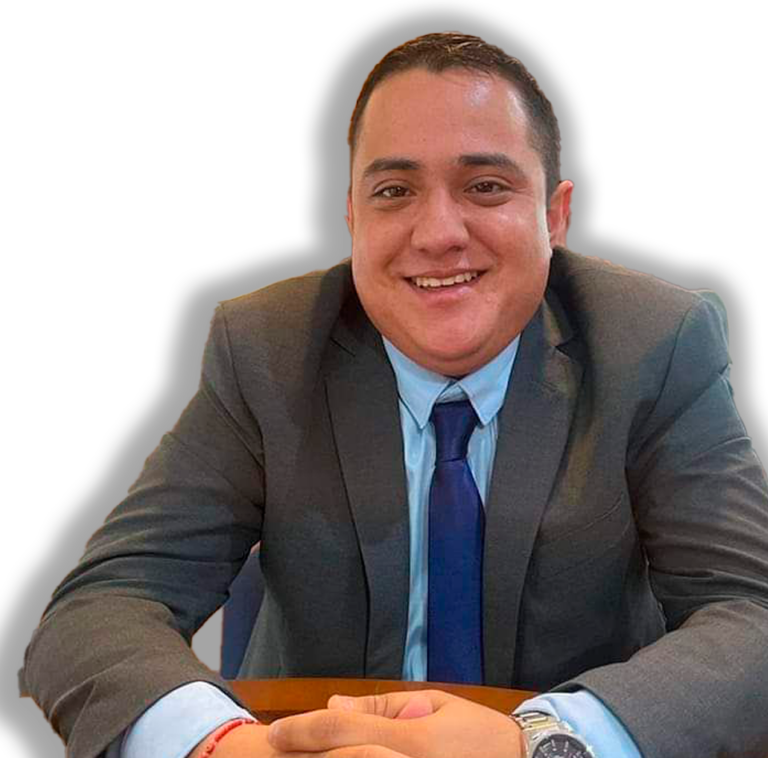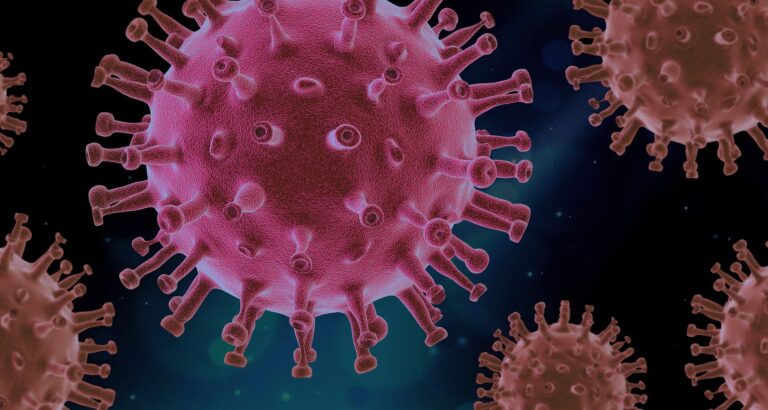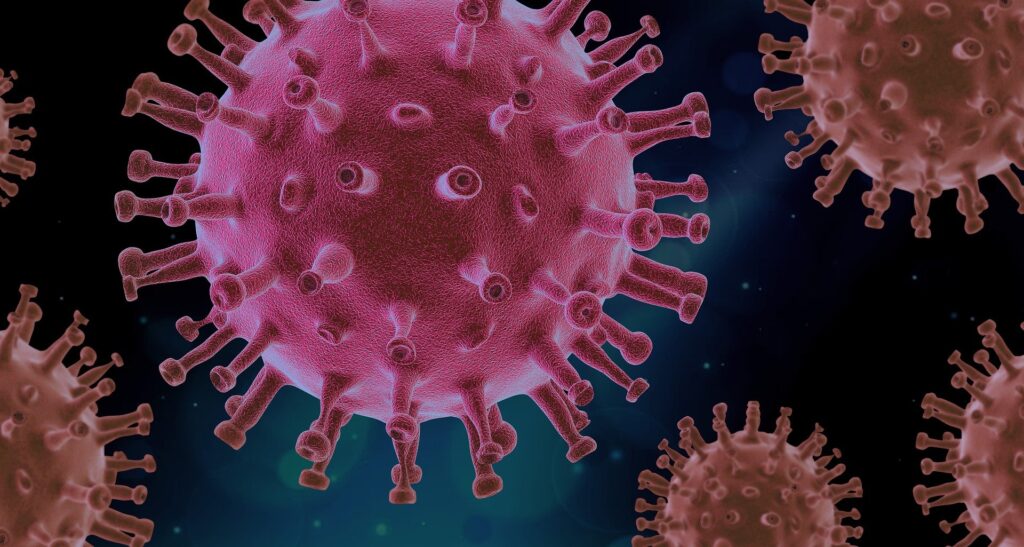
Communities of color face great challenges and threats following Georgia's redistricting, so activists are focusing their efforts on the fight to achieve voting maps that determine political representation and fair access to resources over the next ten years.
For Susanna Scott of the Georgia Redistricting Alliance, a transparent redistricting process is essential to good democracy.
This was stated during a press conference organized by the Southern Poverty Law Center, the Southern Coalition for Social Justice and Ethnic Media Services, where he stressed that "when voters have faith in the redistricting process and believe that it has been carried out fairly, they feel more committed to the political process and have faith in the government."
"It is our responsibility to denounce the flaws in the redistricting process and demand better from our legislators!" he said.
For her part, Poy Winichakul, a staff attorney for voting rights at the Southern Poverty Law Center, noted that this is the first redistricting cycle in which Georgia has not been covered by the Voting Rights Act, following the 2013 repeal of protections under Section 5 of the Voting Rights Act, which previously would have required the Justice Department to take a second look at all types of maps, including at the county level.
“What we’re seeing right now is that the drawing of districts has not been transparent, has not had a public hearing or input from the public — it’s being usurped by the state legislature that draws district lines without even much input from local elected officials, in order to make sure they get the maps they want.”
She also said she is concerned about how quickly things are moving on redistricting in Georgia, and how little the public has had a chance to weigh in on these maps that have a lasting impact at the local level for the next decade.
Aunna Dennis, executive director of Common Cause, said democracy can only work if everyone is fully and equally represented, regardless of race, party affiliation, zip code, and many other aspects.
“The attacks on our right to vote have not stopped at our ballot boxes, they are playing out in our local redistricting process. State legislators want to control our communities from the kitchen table to trash collection to how our local representatives are elected,” she stressed.
"We need federal and state protection, but also a legislature that really works for the community and the people, and not for its own interests," he added.
Laura Judge, a Cobb County resident and parent, said she is disappointed by several actions by the Cobb County School Board, which she said seems to be mostly just checking boxes and not trying to help students.
"Every time we have gone to the School Board to make our voices heard, we seem to have hit a wall. They are not responsive to public testimony, and some Board members have argued with other members as if they were asking important questions."
He added that the president of the Cobb County School Board recently changed the rule requiring a majority for a measure to be considered.
In that regard, he noted that the State Legislature has presented a map for the Cobb County School Board that defends the current majority at the expense of fair representation for the votes of the African-American community.
“State legislatures are rushing through their maps while refusing to listen to the community. Our children are forced to live in a toxic environment when parents do not have a fair voice to defend their needs and interests.”
Literacy rates across Georgia, she noted, have been falling after elected board members tried to introduce an overhaul of literacy instruction, “and when we tried to update our methods, it wasn’t even considered because of School Board policy.”
Added to this are issues of anti-Semitism and discrimination against children with learning differences, “it feels like diversity, equity and inclusion are not being addressed at all,” she said. “Our voices are not being heard as we continue to pay taxes to the School Board and watch our money being squandered.”
Finally, Laura Judge strongly urged all Georgians “to stand against this attempt to reduce our voice,” to take an active role in confronting politicians and the passage of redistricting maps in Georgia that disenfranchise their community, and to “redouble efforts to mobilize members of their community against this attack on our voice.”
Finally, Maariya Sheikh and Sadie McIntyre, students and activists from the Georgia Youth Justice Coalition, spoke out in support of a fair redistricting in Georgia that takes into account the voice of all.
“We are the future, and the future is a diverse, multiracial democracy — drawing maps that suppress local control and silence communities of color is a threat to that future,” said Maariya, a Muslim American living in Cobb County.
For her part, Sadie said that “redistricting determined whether people received civil rights protections or fully funded schools, and that ‘whether you live in Powder Springs, Athens or Lawrenceville, you deserve to elect your leaders instead of them electing you.’”
Despite efforts by politicians in the state legislature to diminish their voices, activists in Georgia communities have pledged to continue advocating for fair representation.
Hundreds of new redistricting maps in Georgia, which will be ready for the 2022 elections, are awaiting the Governor's signature. Candidate filing for the 2022 Georgia primary election begins on March 7.
You may be interested in: Latinos in Florida seek to overturn district maps that do not represent them
















